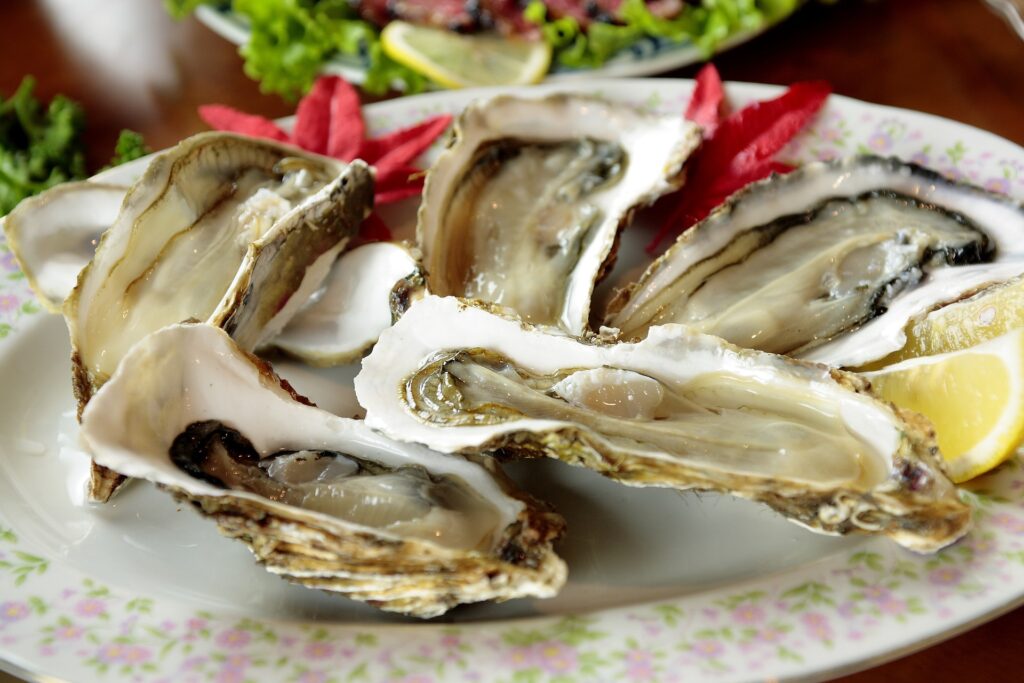By Angela Kazmierczak
The idea that past civilizations favoured the Sunday missionary position or were sexually starved is a myth. Much like breathing, mating is intrinsic to human nature and deeply rooted in spiritual, social and cultural norms. However, some ancestors overly fantasized about the act, which led to these sometimes whacky and oppressive sex myths about bonking. As you’ll see, others tried to make sense of the science behind it but with limited scope and technology.
A woman becomes pregnant if she orgasms
The pregnancy-causing orgasm idea came about during the Ancient Age era (3000 BC–AD 500), when philosophers Hippocrates, Aristotle and Galen began theorizing about sex, the reproductive system and philosophy. Each of their theories was debated but prominent in Europe.
Hippocrates influenced Galen into patriarchal thinking, while Aristotle embraced a more gender equal notion about genitalia.

Professor Adrian Thatcher notes in his book Redeeming Gender that what separates these theories lies in if they were “one-seed” or “two-seeded.” Meaning, Aristotle, Hippocrates and Galen differed in their reasoning about if the woman and man or just the man produced semen.
Anyway, Galen thought procreation happened from a woman and man generating heat through an orgasm. Much like a mother hen sitting on her eggs, rubbing and friction provided the heat necessary to fuse the two seeds together and form a life. Galen emphasized that inner heat created by a woman was far greater than a man, making the female orgasm crucial to creating life.
After multiple dissections of the human body, Galen later noted in his diagrams that the vagina had an interior penis, ovaries for testicles and a labia-shaped foreskin. He argued that the male and female anatomy were essentially the same, only flipped inside out. These ideas, of course, have since been debunked.
I’m not sure why this idea was scrapped, but today we know that when a male sperm reaches an egg in the Fallopian tube, it makes what’s called the fertilized “zygote.”
A dead lizard in a glass of urine helps overcome lust
Pinkies out! According to MTV, the Ancient Egyptians, Romans and Greeks dropped a dead lizard in a glass of male urine and sipped on it to kill libido. They had an inkling that certain foods or practices heightened or dampened a person’s sex drive; these mood killers were known as anti-aphrodisiacs. People today still use aphrodisiacs to help get them in the mood, though, not with piss and deceased lizards.

Author Dr. Alex Comfort mentions in The Joy of Sex, a book exploring human sexuality and sexual expression, that previous civilizations used other sexual deterrents as well, including mouse dung oil on the skin, rues from rose and aloes and wine with a drowned mullet fish. No one’s asking, but mouse dung oil was the most popular of them.
To help clear the air, nutritionist Alina Petre says that scientifically proven aphrodisiacs, foods that arouse desire, include maca, Tribulus, ginkgo biloba, pistachios, fenugreek and red ginseng.
Foot binding to strengthen the vagina
Kegel exercises are used today to strengthen the pelvic muscles and control the bladder. Before Kegel exercises, however, many Chinese women practiced “foot binding” or “lotus foot” to strengthen the vaginal walls as they walked, to exhibit beauty and display status.
According to writer Sarah Barns, foot binding was embraced for 1,000 years before it was banned in 1918. Some believe foot binding wasn’t as sexually charged as made out to be, while others say men felt it demonstrated a sexually powerful, well-balanced woman.
Laurel Bossen, author of Bound Feet, Young Hands, claims it helped mold a girl into a self-controlled woman who stayed at home, often spinning and making clothing, mats and shoes.
To fold the feet, an infant’s toes and arches would be broken and then swaddled in cloth. The desired “lotus” was that of a small, prim and pointed ballerina. Many women willfully sandwiched their feet to three inches in length.






